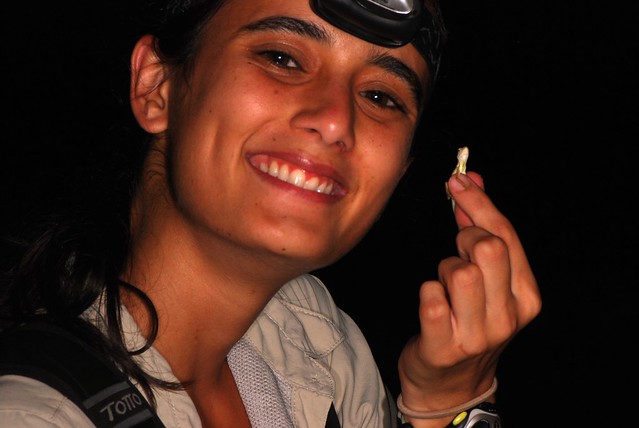Posted by Erik Svensson
The year 2015 is approaching the end, and I wish all EXEB-members a Merry Christmas and a Happy New Year. I think we have had a great year and many exciting and intellectually stimulating lab-meetings where (at least I) have learned a lot and got many new insights. EXEB has grown rapidly in short time - particularly since Tobias Uller have recruited several new co-workers - and we do now also have several hardworking interns, field assistants, laboratory assistants, PhD-students, Master's students and postdocs. All our permanent and temporary co-workers - nobody mentioned, nobody forgotten - do a tremendous job, both in terms of actual work performed, but also in contributing to a friendly and intellectually stimulating research environment.
Some statistics: If we count only the "core" EXEB members (who are in Lund and have formal positions), we are 11 in total (3 PI:s, 3 PhD-students, 4 postdocs and one research engineer). Counting a bit more generously, we are 13, since we have two affiliated PhD-students from Sussex University (Katrine Lund-Hansen) and Manchester University (Miguel Gomez), who Jessica Abbott and I are co-advisors of, respectively.
Looking back upon 2015 in terms of research achievements, it has been a very succesful year, I think we can say without any hesitation. I have not made an official tally of joint publications, but I note that Tobias team had an interesting article about asymmetric species interactions in hybrid zones of lizards in Ecology Letters, and Jessica published a model paper about how self-fertilization and inbreeding might limit sexual antagonism in Journal of Evolutionary Biology. As for myself, I was happy to get our long-term time-series analysis of the signature of negative frequency-dependent selection in damselfly morphs published in American Naturalist. John Waller got his first thesis-chapter about imperfect detection and mark-recapture analysis of selection published in Methods in Ecology & Evolution. Lastly, and importantly, Jessica Abbott was awarded an ERC Starting Grant in October, the first of two at the Biology Department in Lund. All in all, a very succesful year for EXEB and its members, I think.
The future looks bright, I think, if the trend in 2015 will continue, but now for something lighter: the evolutionary origin of Santa Claus. It was Beatriz Willink pointed me to this very interesting blog post, which aims to do a phylogenetic analysis of the evolutionary origin and allopatric divergence of different Santa Claus phenotypes. It is from the blog "EEB and Flow", and R-code is provided, should you be interested in exploring this fascinating topic in depth. Enjoy!





